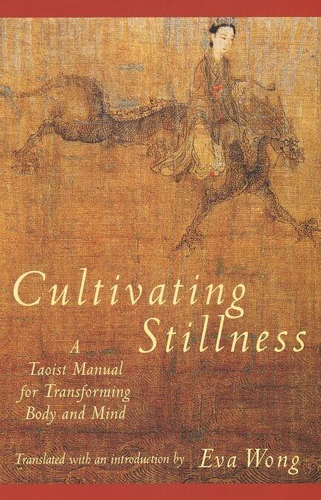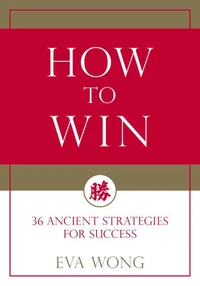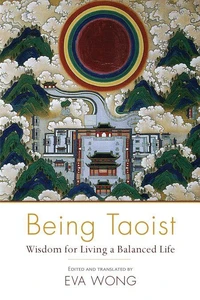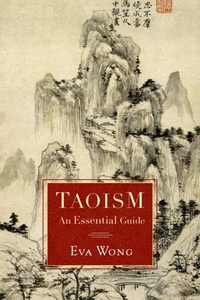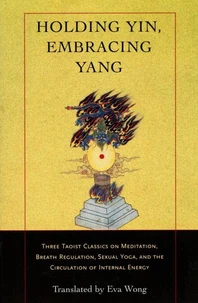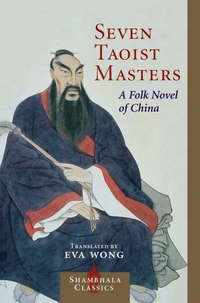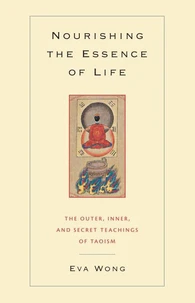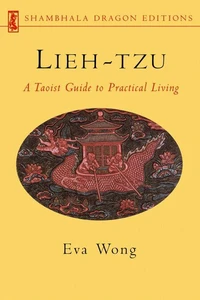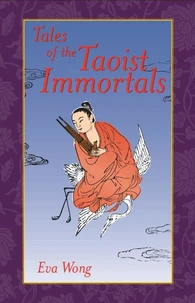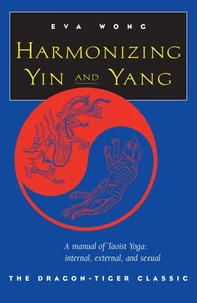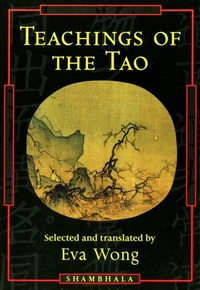Cultivating Stillness. A Taoist Manual for Transforming Body and Mind
Par :Formats :
Disponible dans votre compte client Decitre ou Furet du Nord dès validation de votre commande. Le format ePub protégé est :
- Compatible avec une lecture sur My Vivlio (smartphone, tablette, ordinateur)
- Compatible avec une lecture sur liseuses Vivlio
- Pour les liseuses autres que Vivlio, vous devez utiliser le logiciel Adobe Digital Edition. Non compatible avec la lecture sur les liseuses Kindle, Remarkable et Sony
- Non compatible avec un achat hors France métropolitaine
 , qui est-ce ?
, qui est-ce ?Notre partenaire de plateforme de lecture numérique où vous retrouverez l'ensemble de vos ebooks gratuitement
Pour en savoir plus sur nos ebooks, consultez notre aide en ligne ici
- Nombre de pages184
- FormatePub
- ISBN0-8348-2378-0
- EAN9780834823785
- Date de parution24/11/1992
- Protection num.Adobe DRM
- Taille1 Mo
- Infos supplémentairesepub
- ÉditeurShambhala
Résumé
A principal part of the Taoist canon for many centuries, this Lao-Tzu classic is an essential overview of the Taoist practice of internal alchemy, or qigongEquanimity, good health, peace of mind, and long life are the goals of the ancient Taoist tradition known as "internal alchemy, " of which Cultivating Stillness is a key text. Written between the second and fifth centuries, the book is attributed to T'ai Shang Lao-chun-the legendary figure more widely known as Lao-Tzu, author of the Tao-te Ching.
The accompanying commentary, written in the nineteenth century by Shui-ch'ing Tzu, explains the alchemical symbolism of the text and the methods for cultivating internal stillness of body and mind. A key text in the Taoist canon, Cultivating Stillness is still the first book studied by Taoist initiates today.
The accompanying commentary, written in the nineteenth century by Shui-ch'ing Tzu, explains the alchemical symbolism of the text and the methods for cultivating internal stillness of body and mind. A key text in the Taoist canon, Cultivating Stillness is still the first book studied by Taoist initiates today.
A principal part of the Taoist canon for many centuries, this Lao-Tzu classic is an essential overview of the Taoist practice of internal alchemy, or qigongEquanimity, good health, peace of mind, and long life are the goals of the ancient Taoist tradition known as "internal alchemy, " of which Cultivating Stillness is a key text. Written between the second and fifth centuries, the book is attributed to T'ai Shang Lao-chun-the legendary figure more widely known as Lao-Tzu, author of the Tao-te Ching.
The accompanying commentary, written in the nineteenth century by Shui-ch'ing Tzu, explains the alchemical symbolism of the text and the methods for cultivating internal stillness of body and mind. A key text in the Taoist canon, Cultivating Stillness is still the first book studied by Taoist initiates today.
The accompanying commentary, written in the nineteenth century by Shui-ch'ing Tzu, explains the alchemical symbolism of the text and the methods for cultivating internal stillness of body and mind. A key text in the Taoist canon, Cultivating Stillness is still the first book studied by Taoist initiates today.

